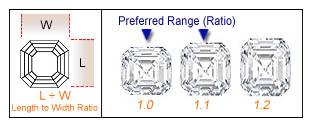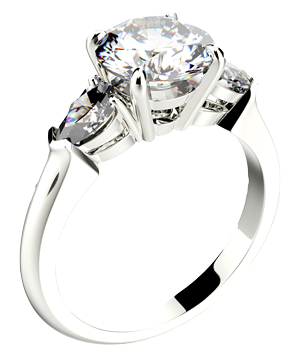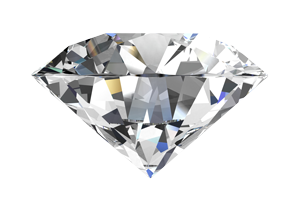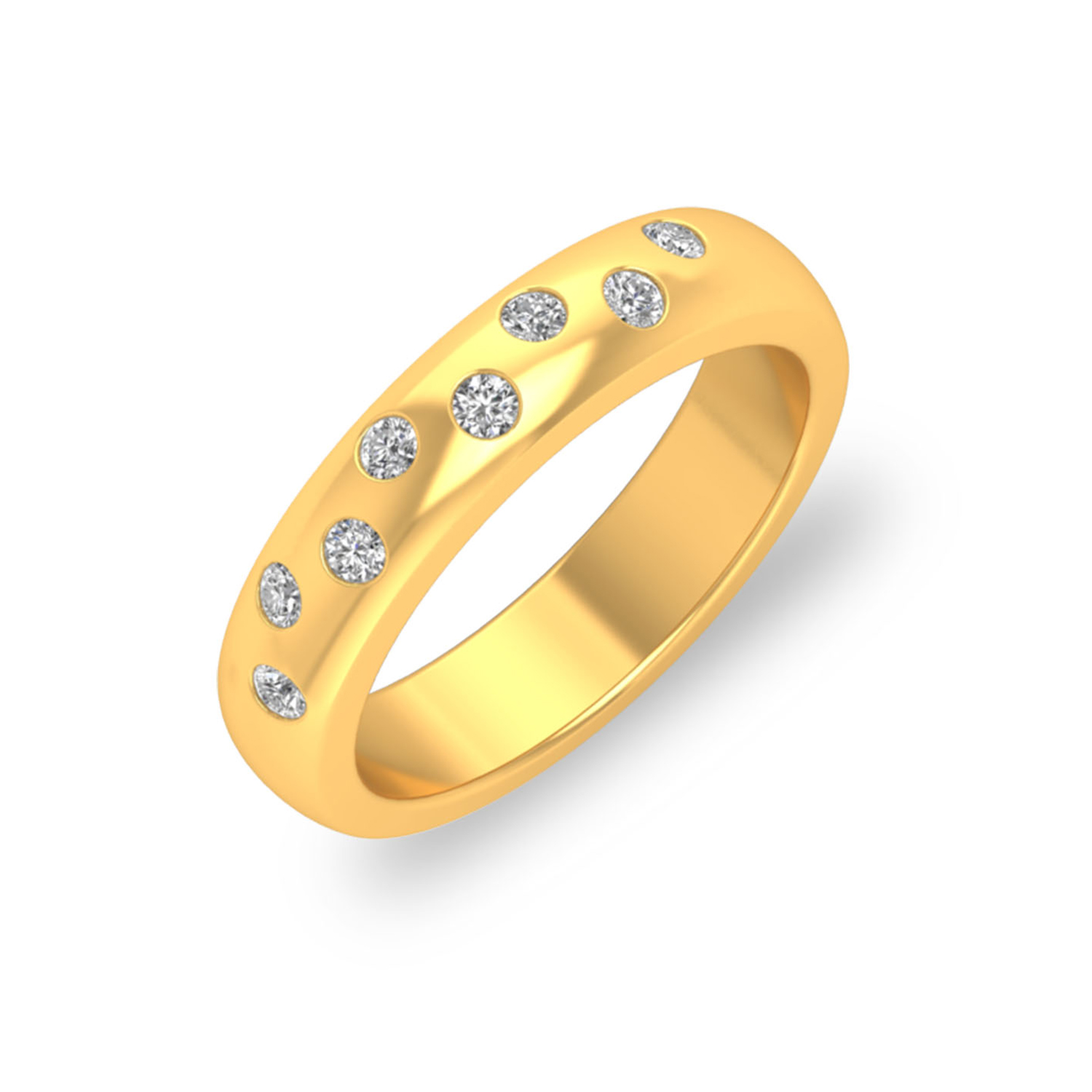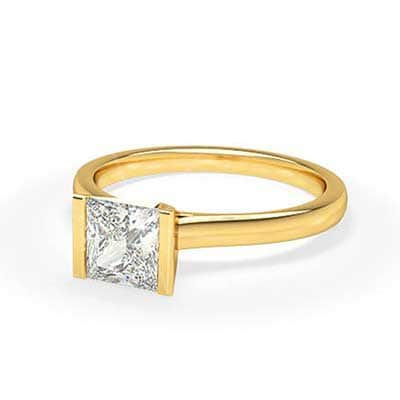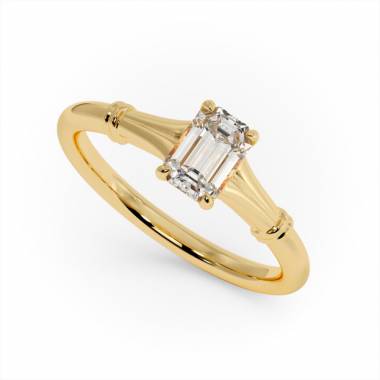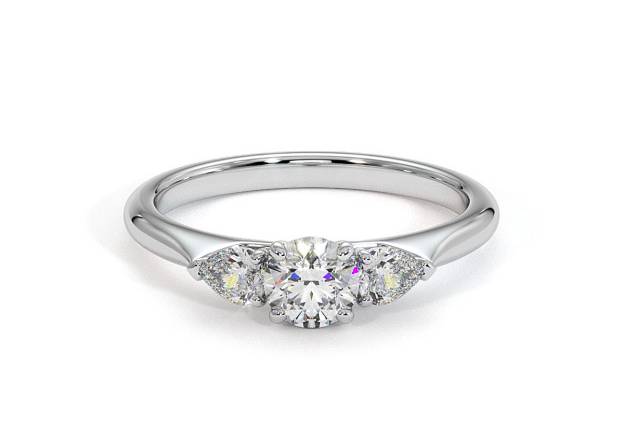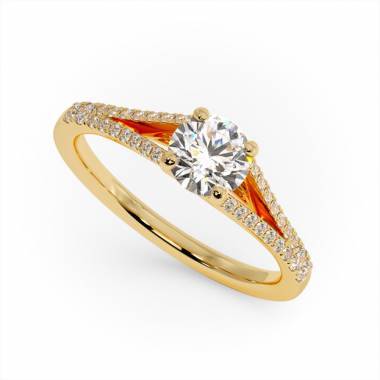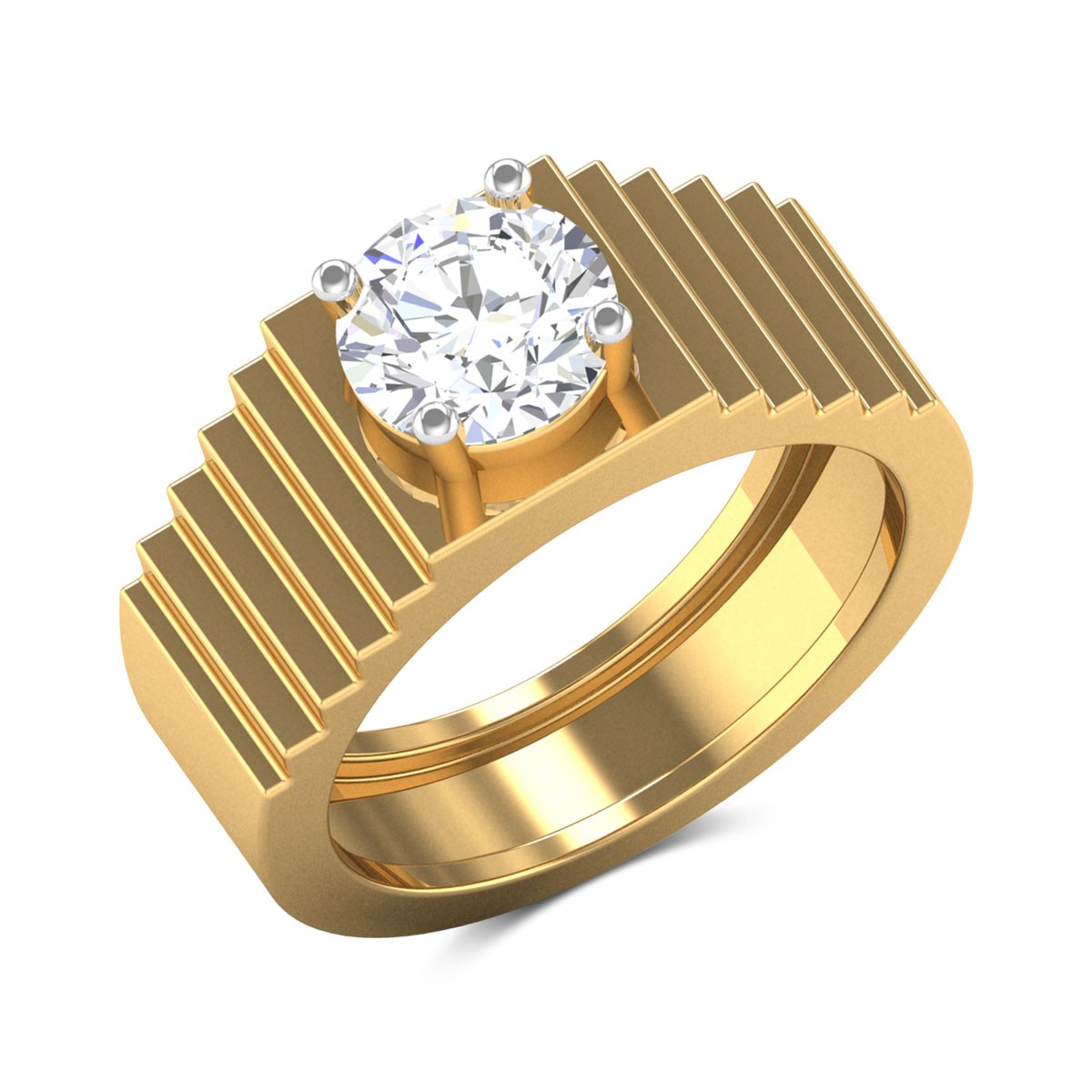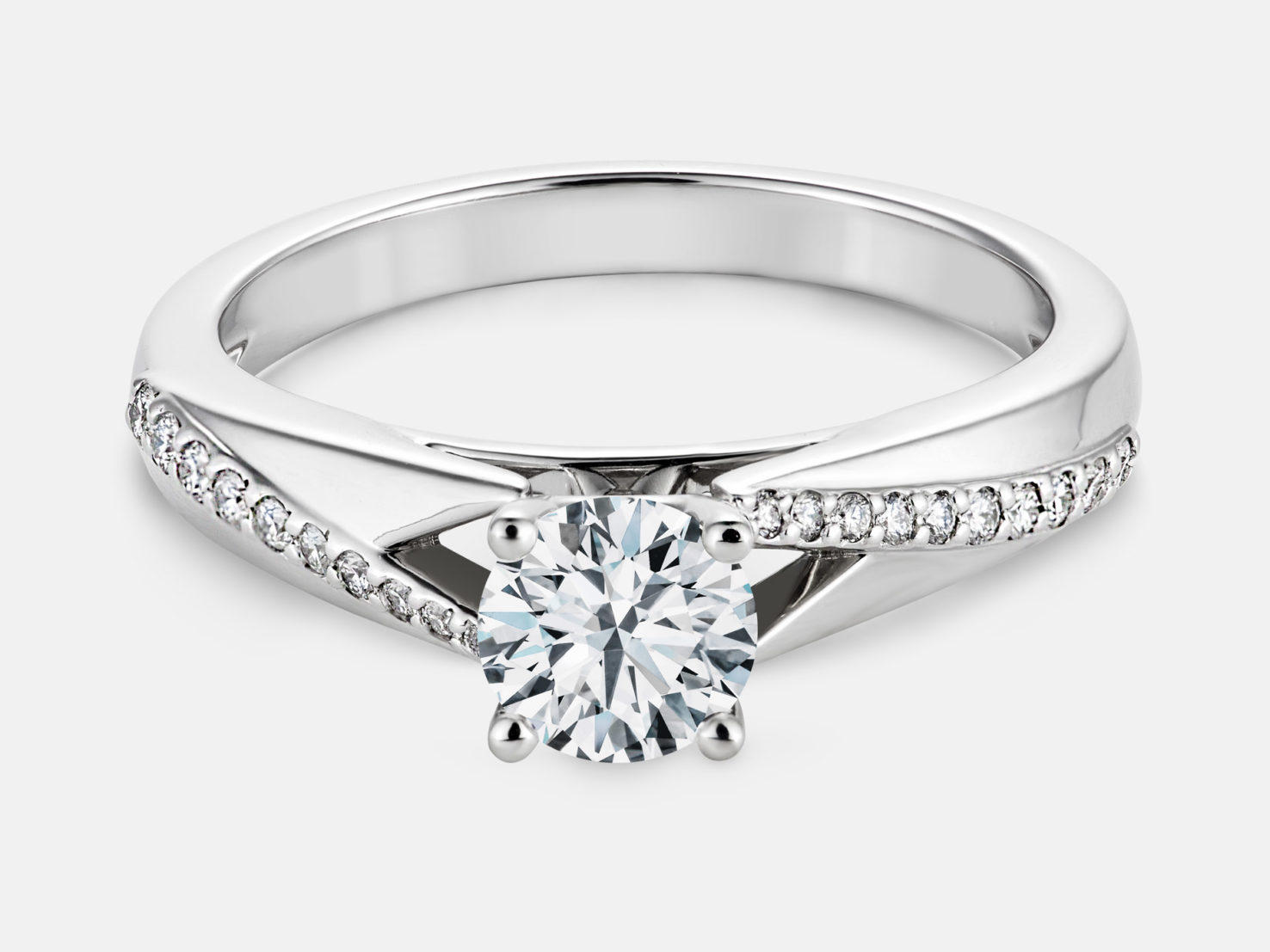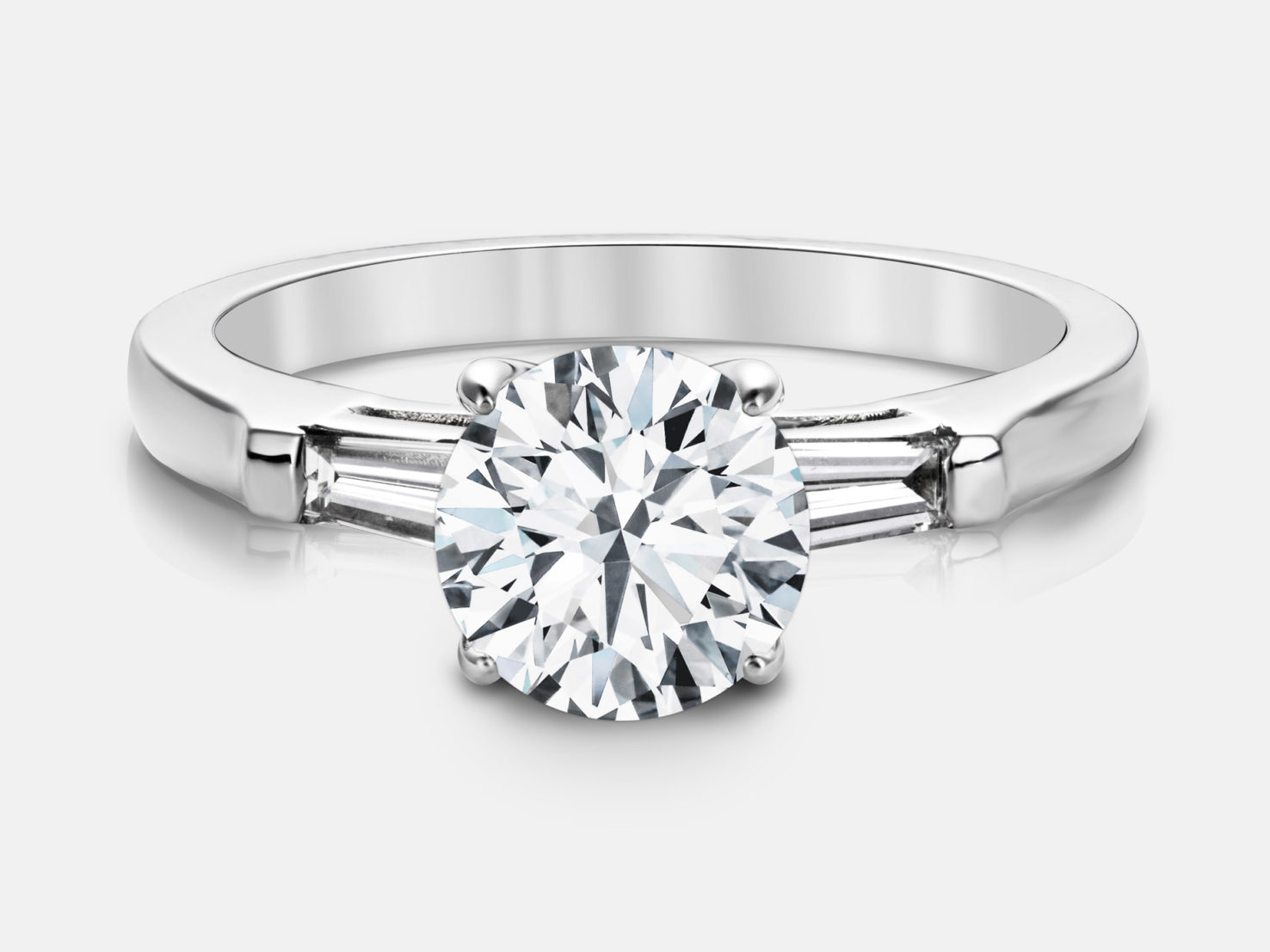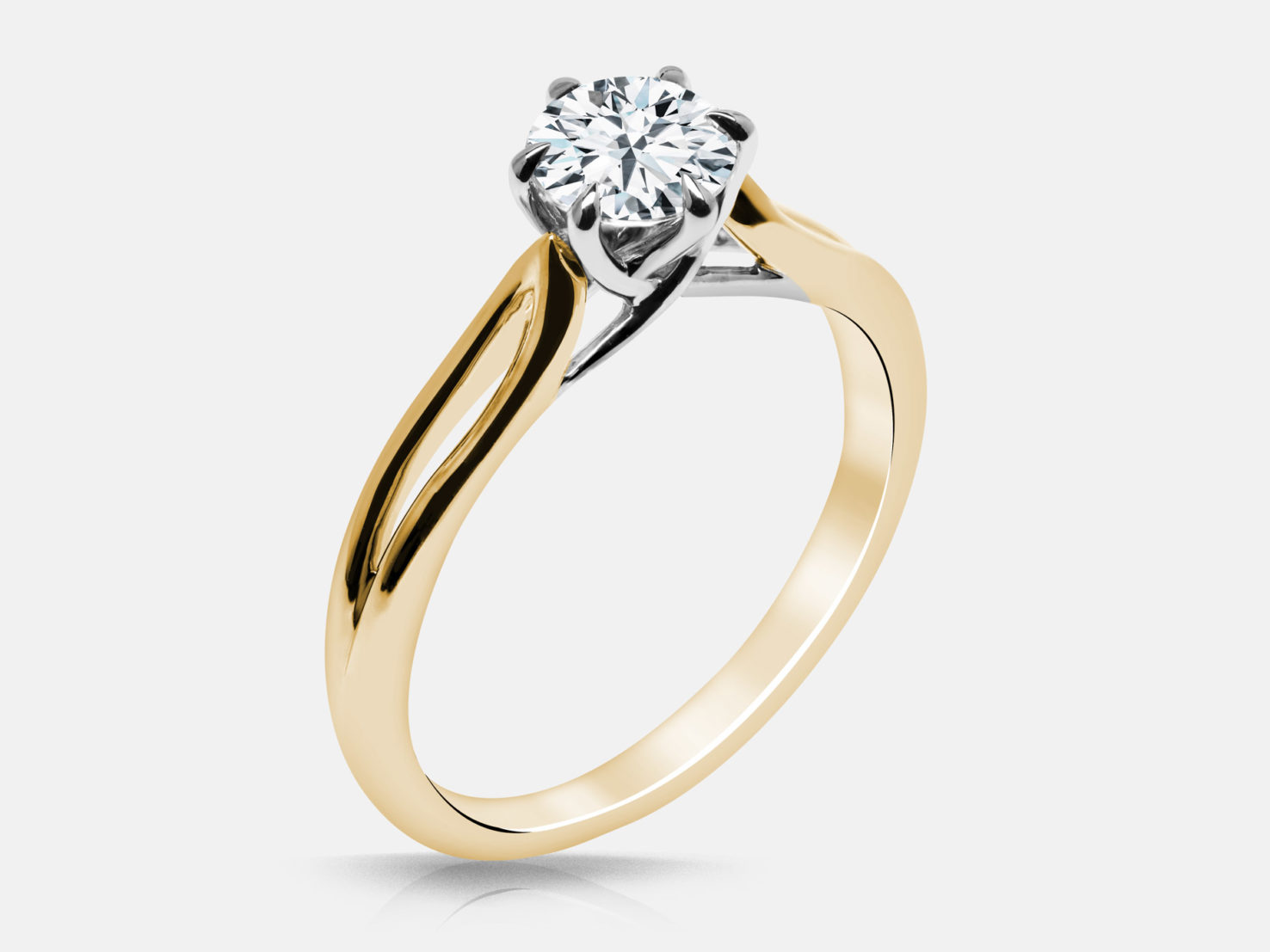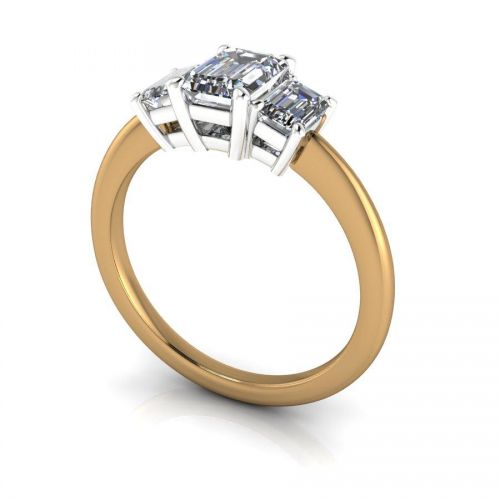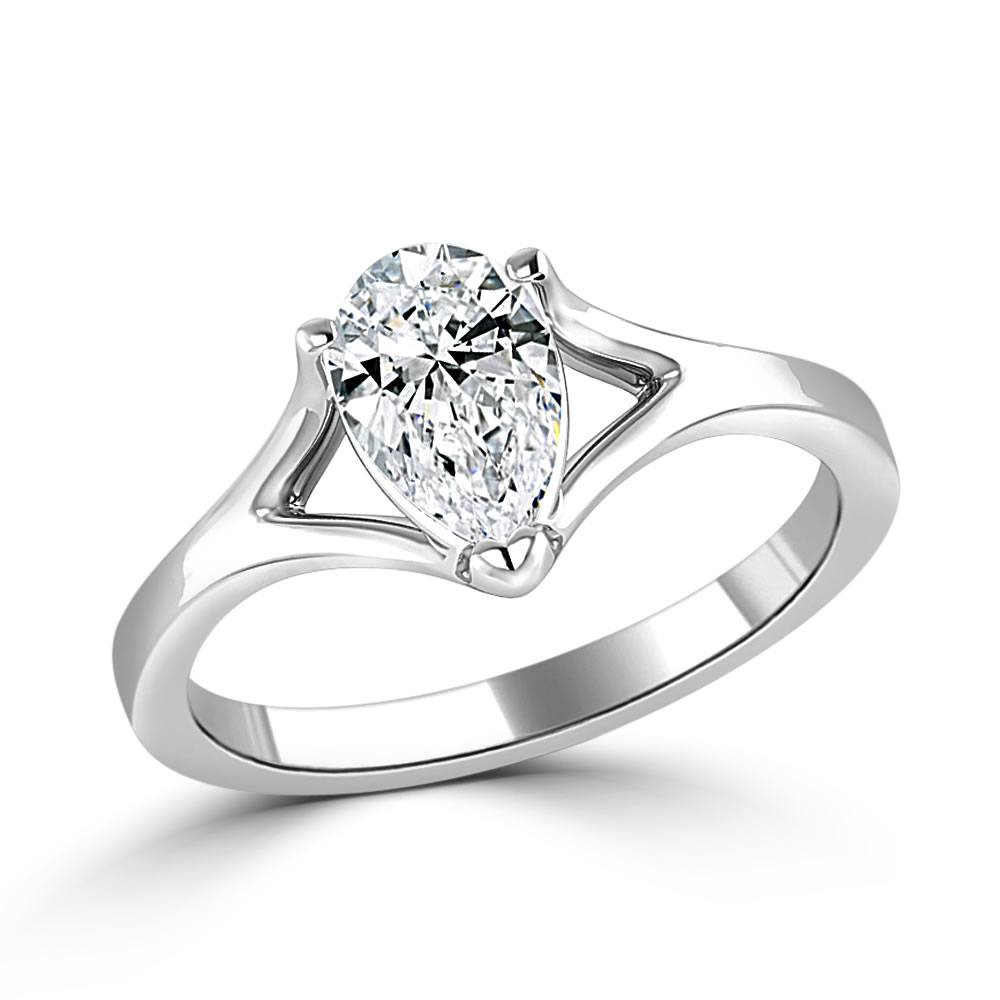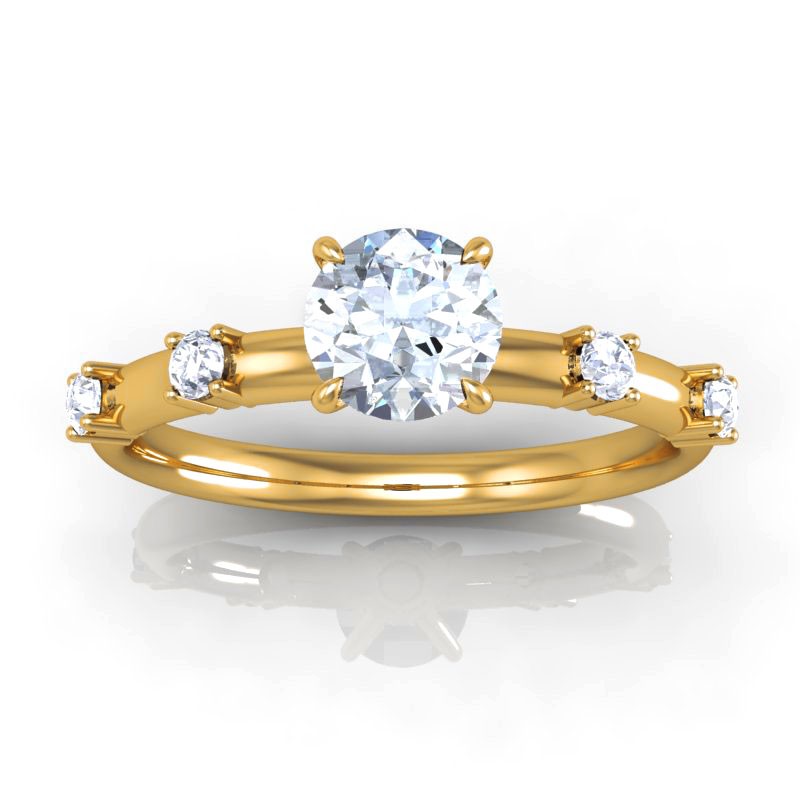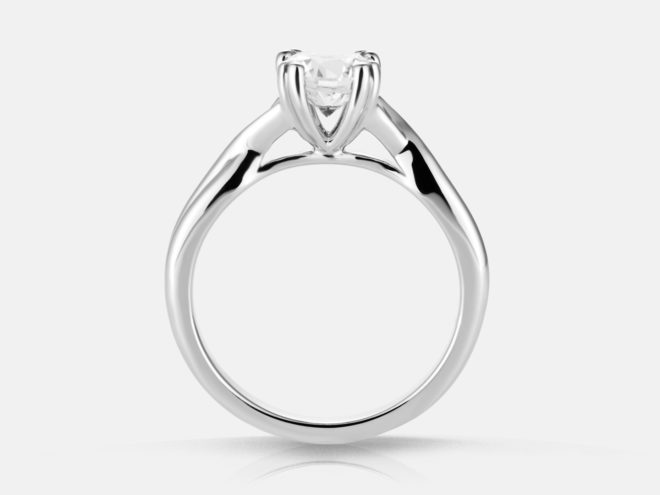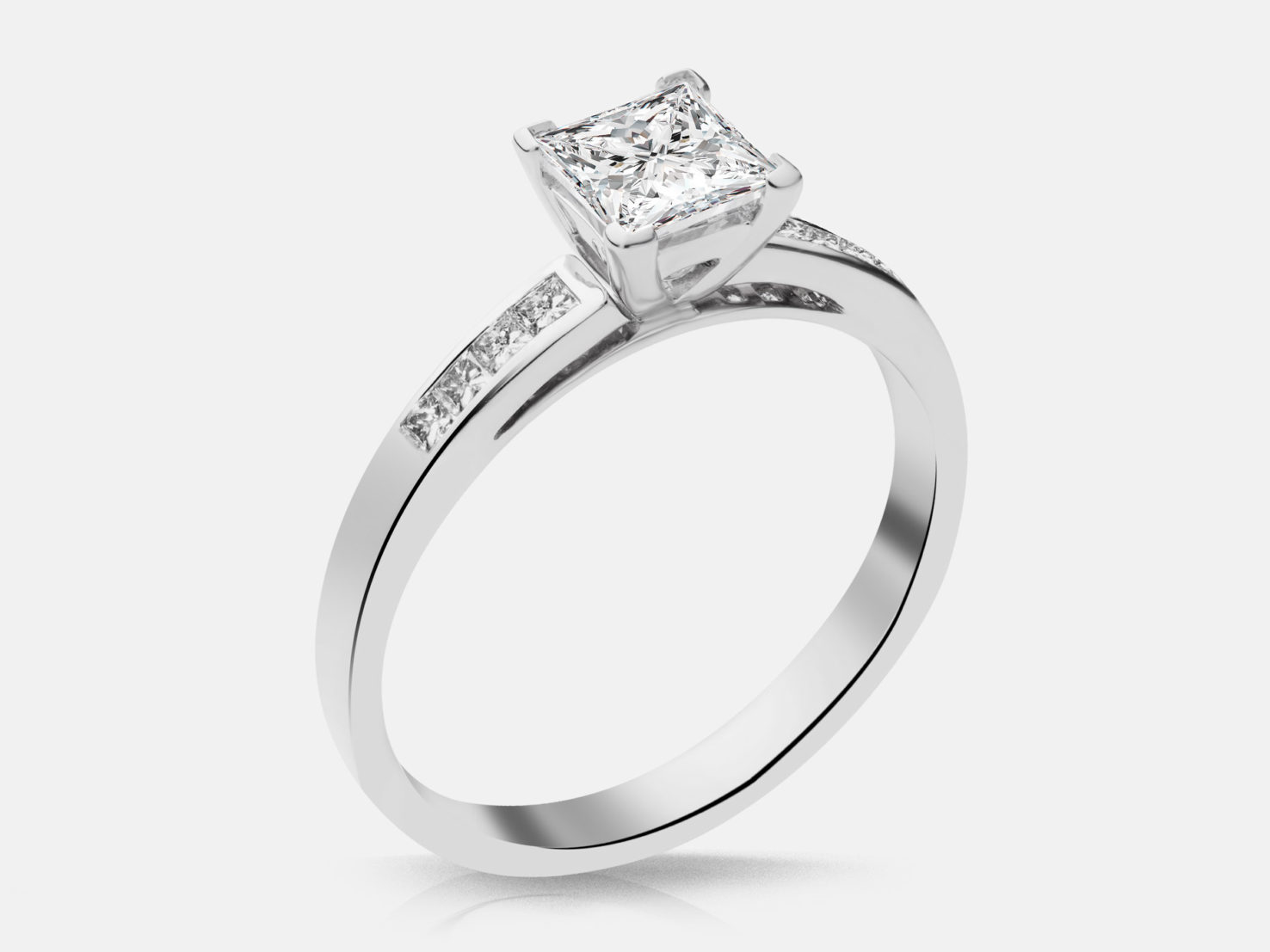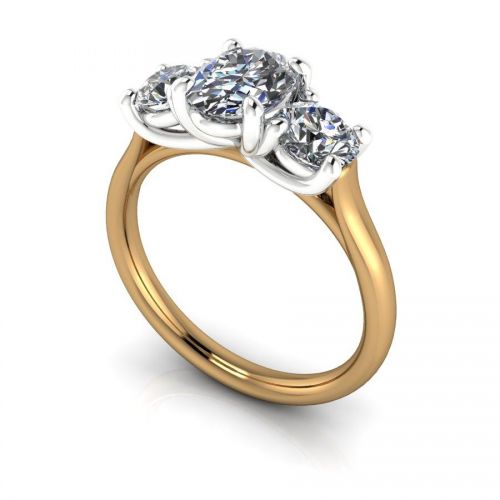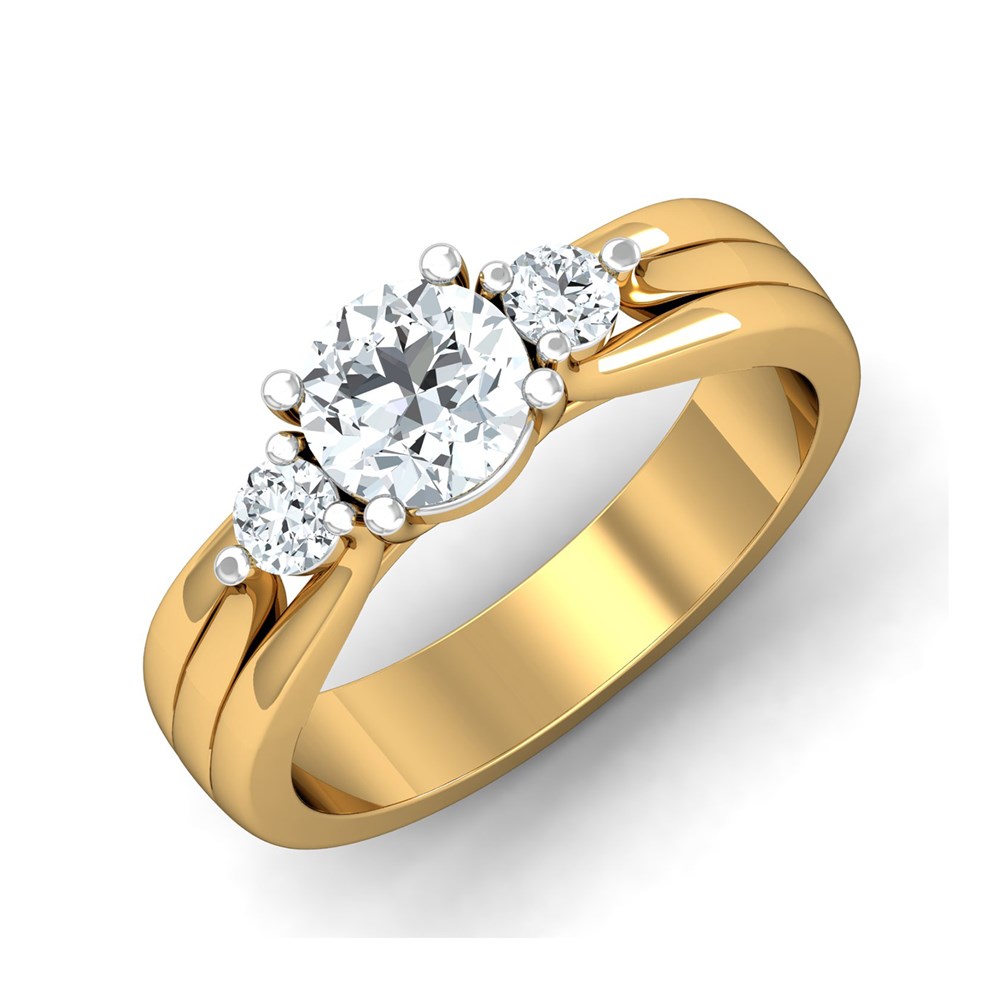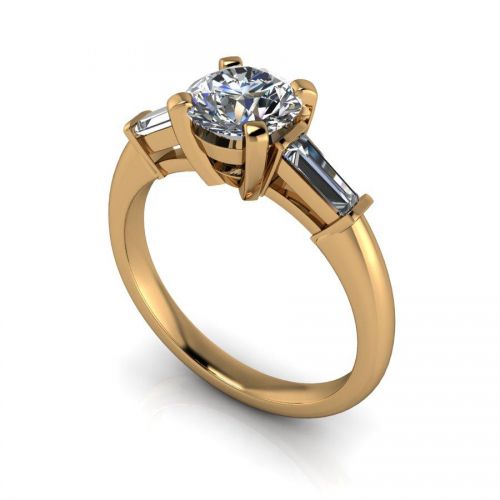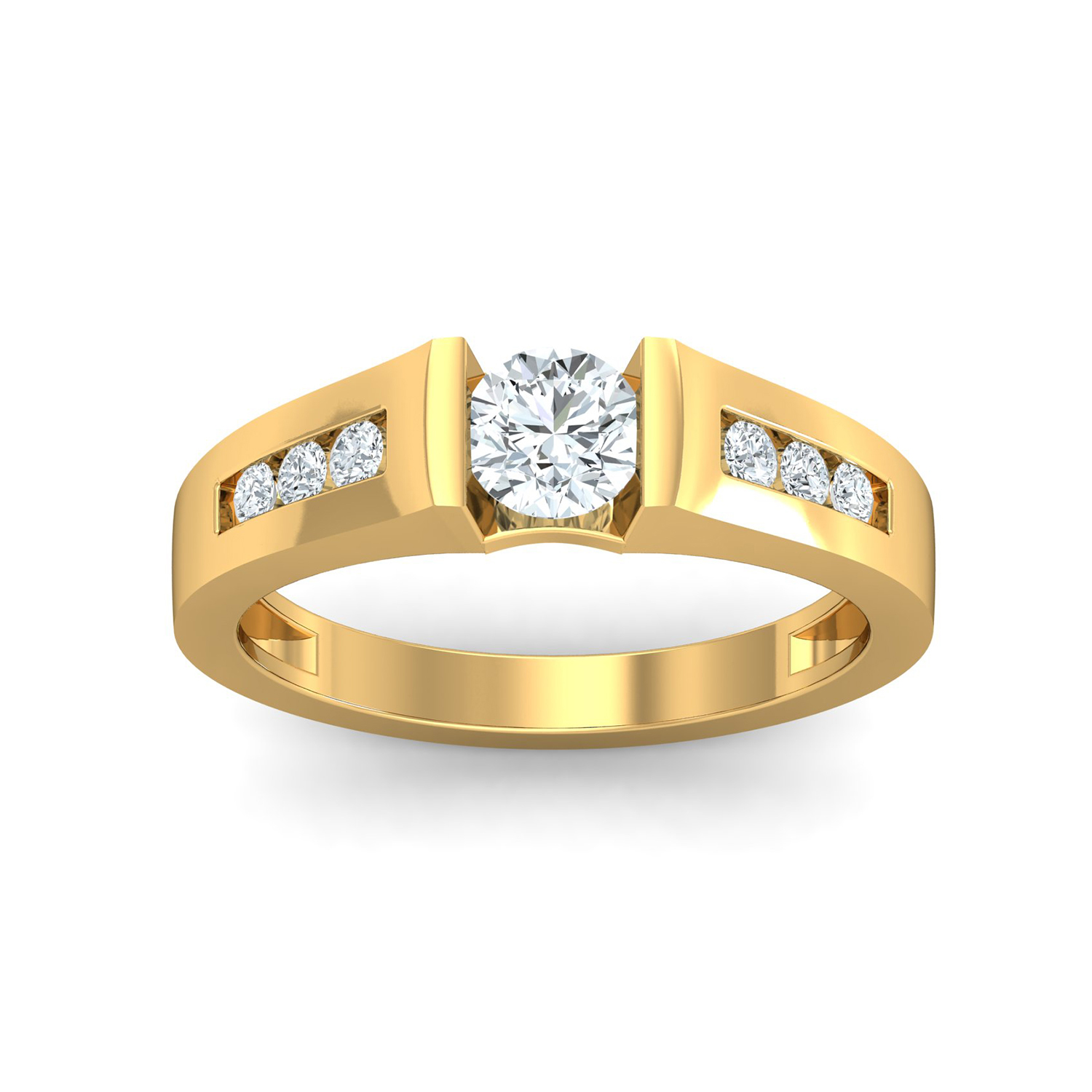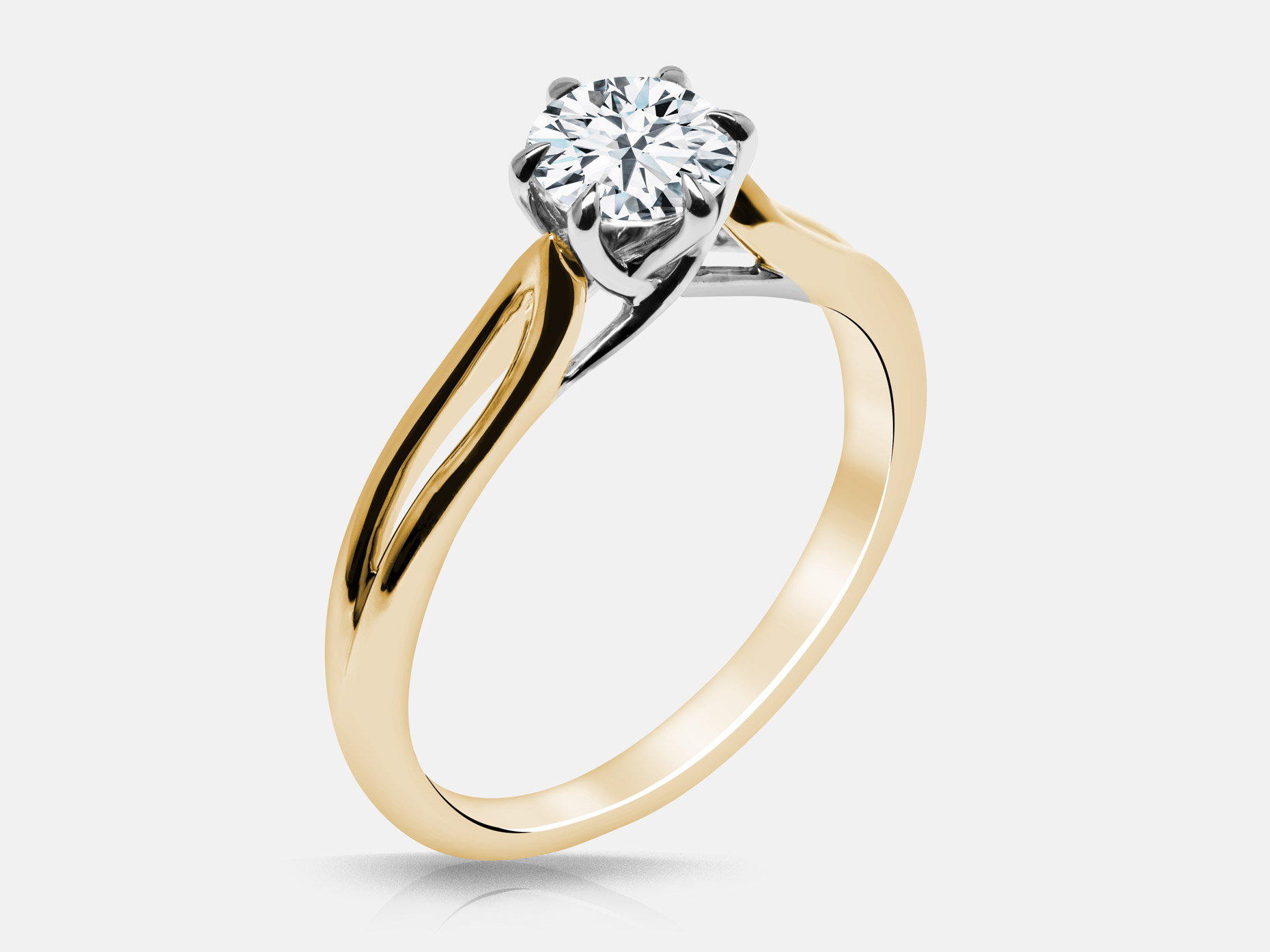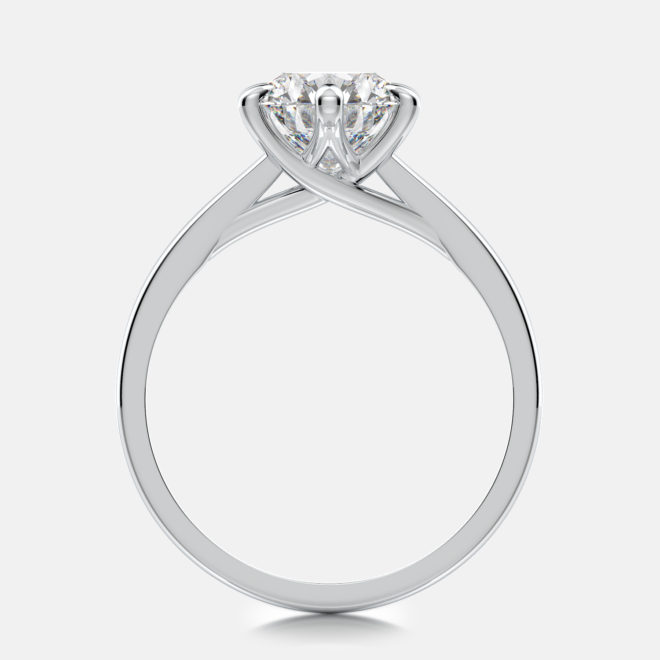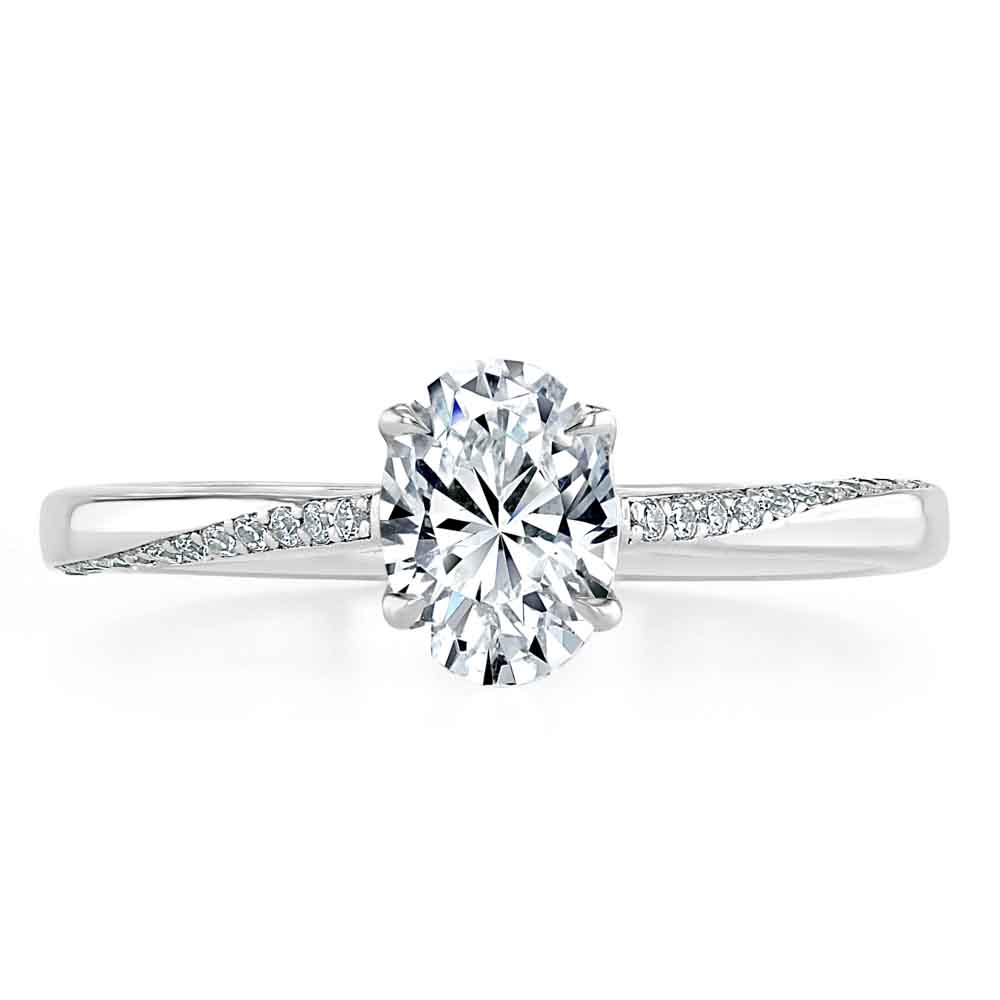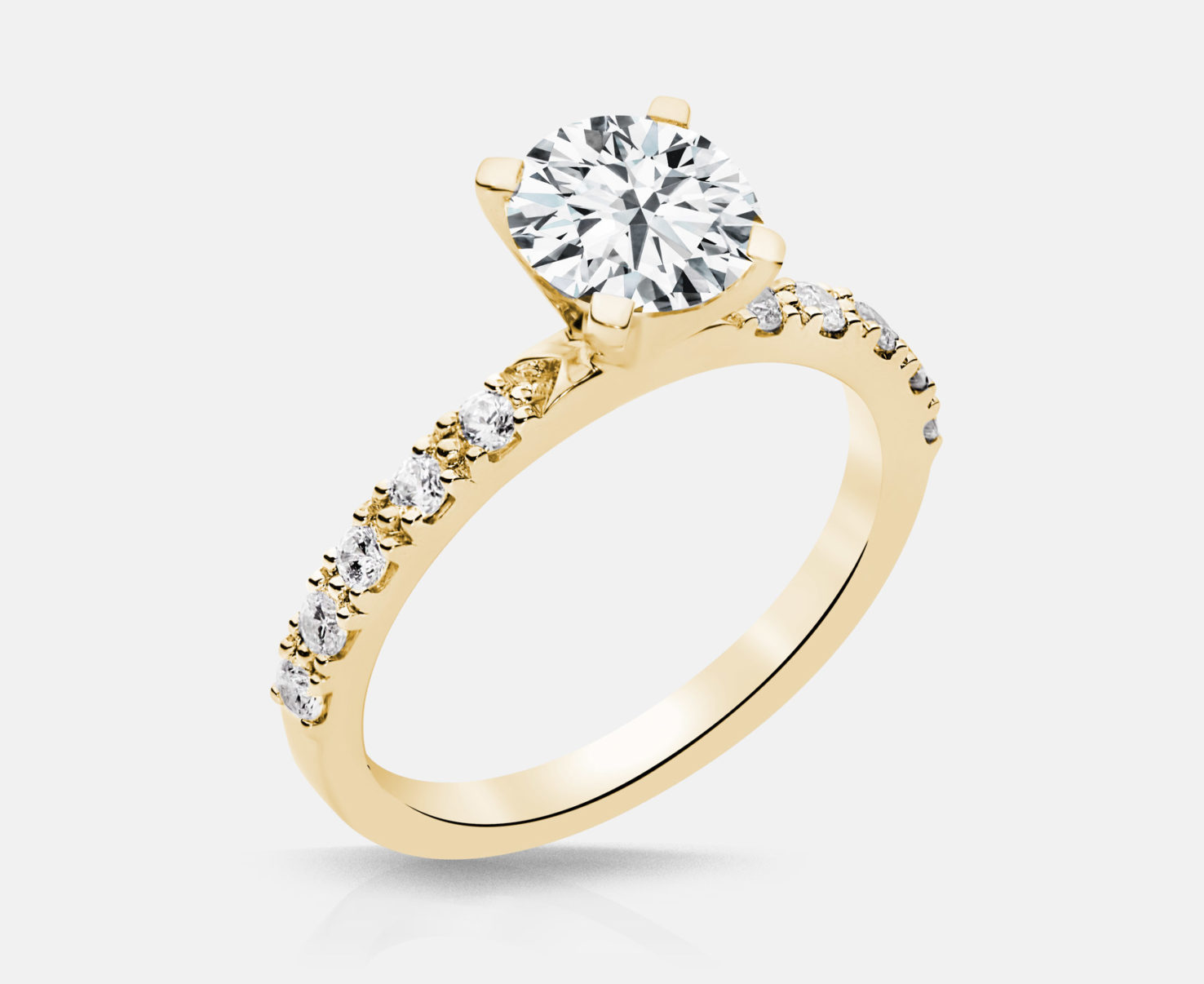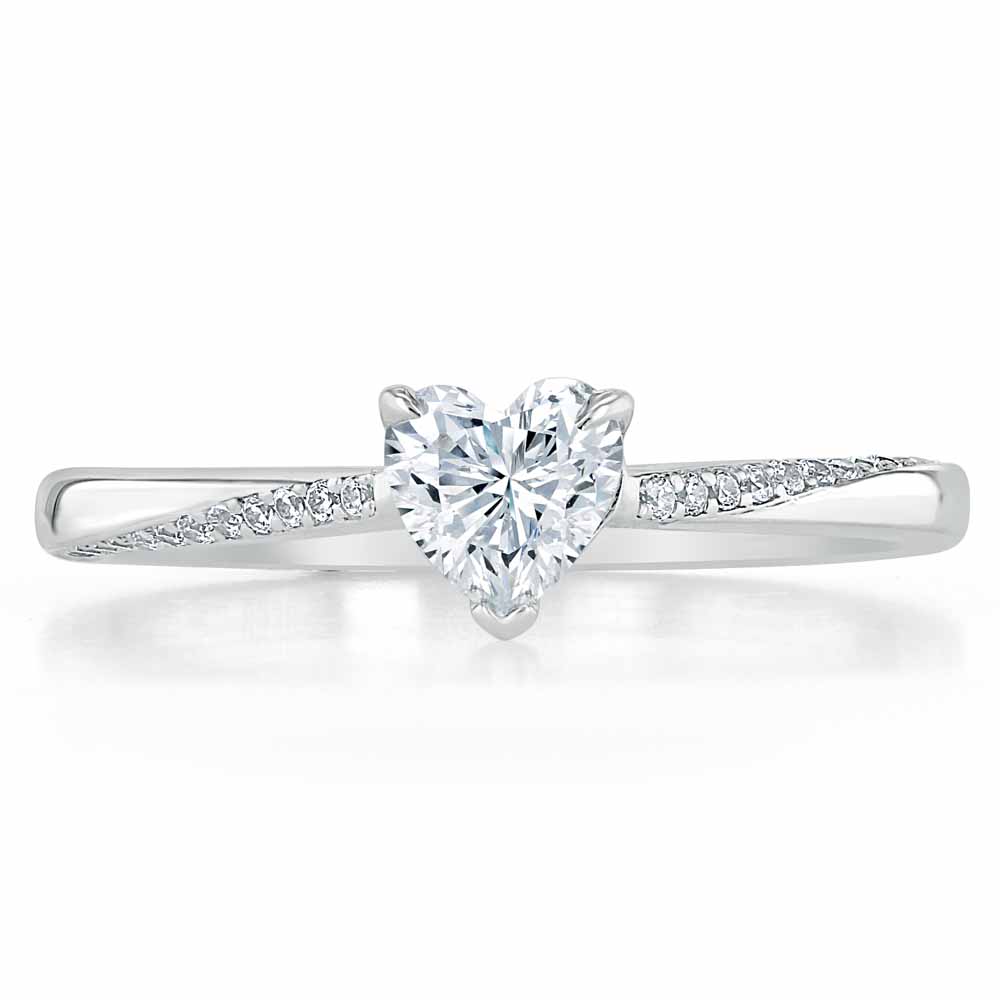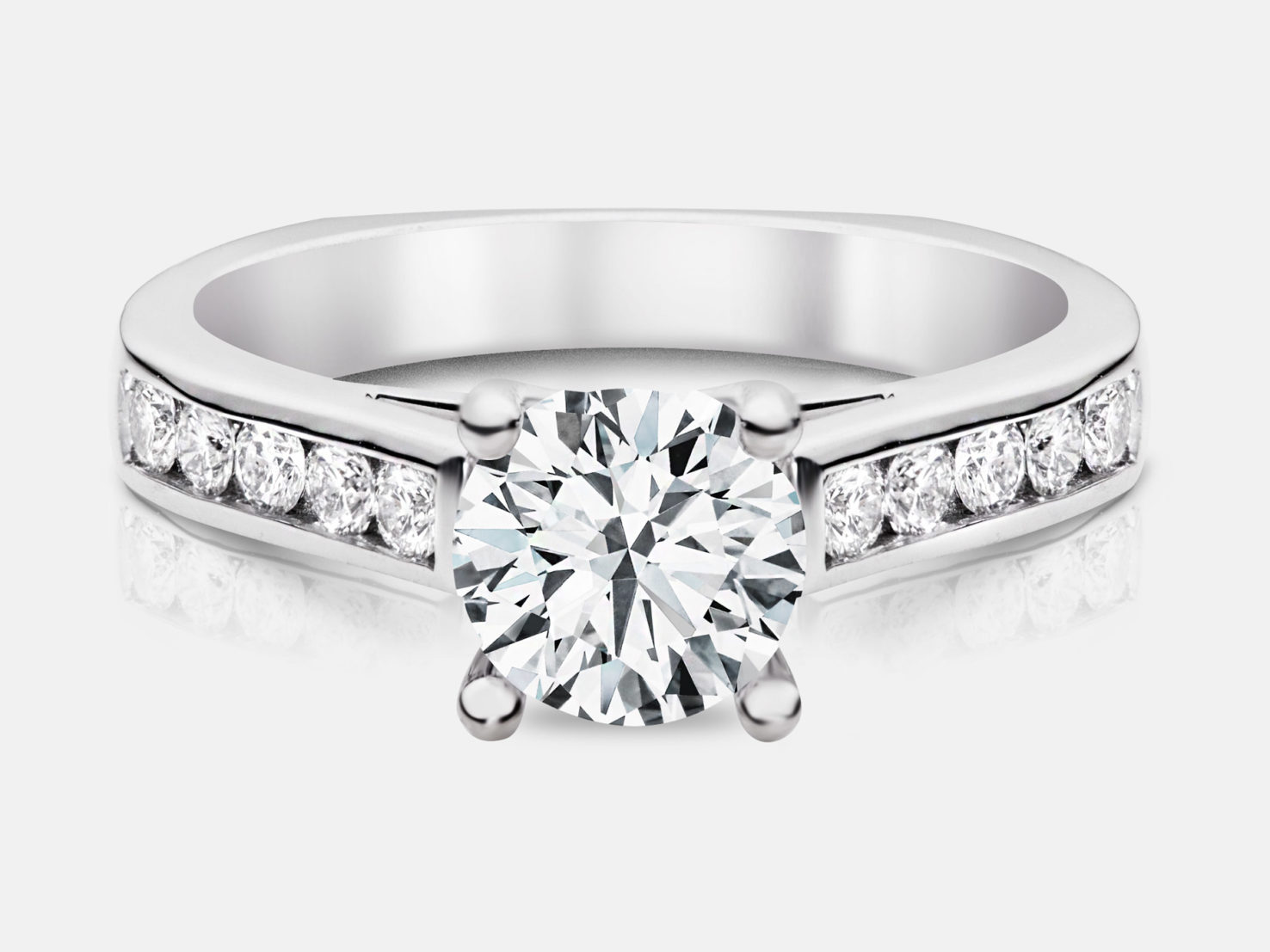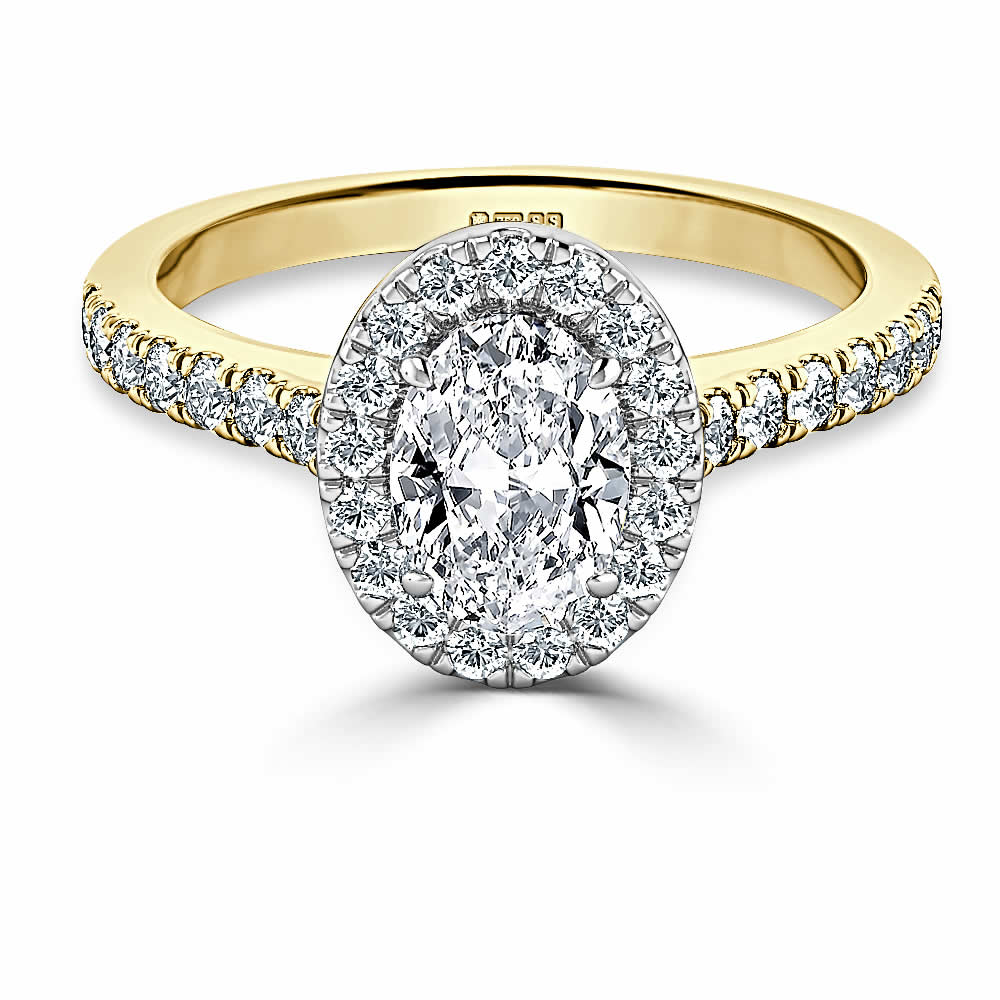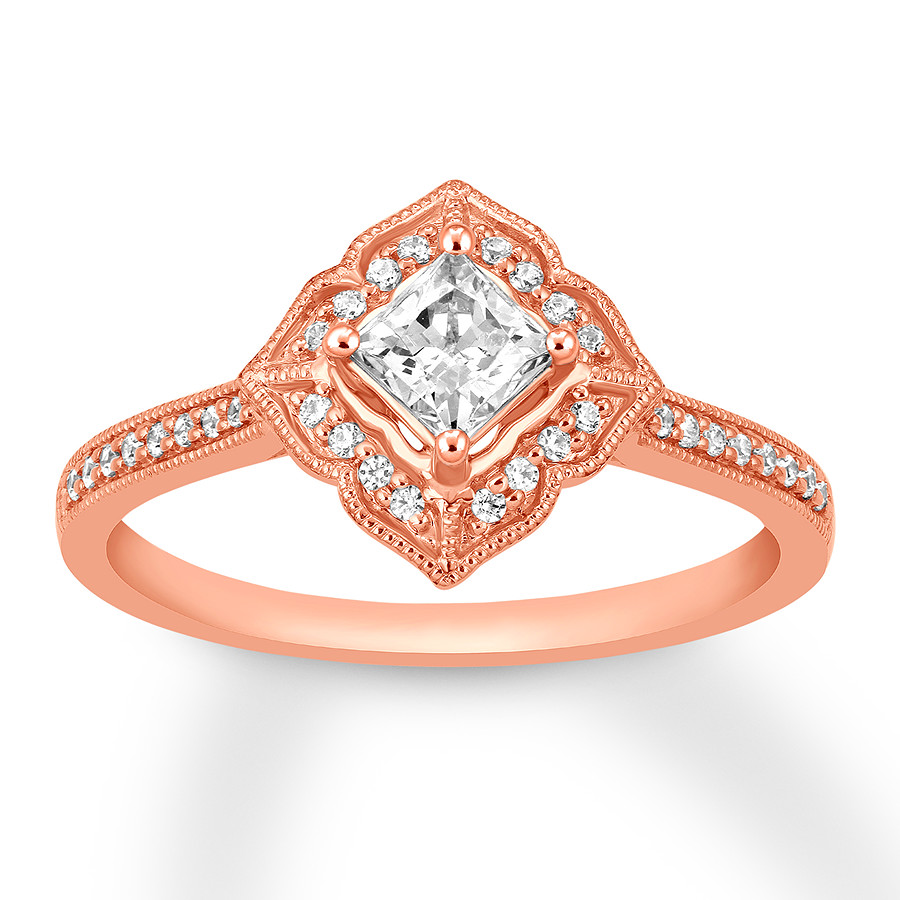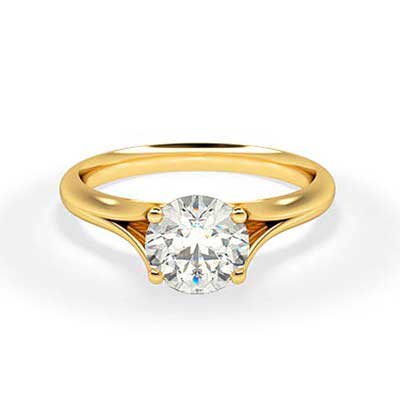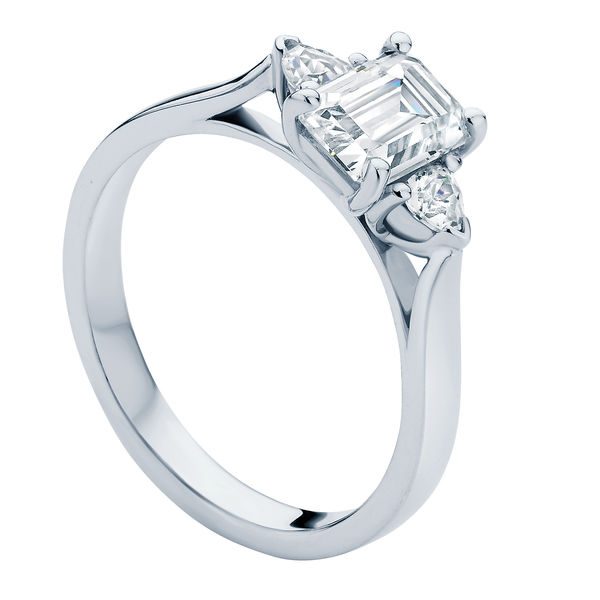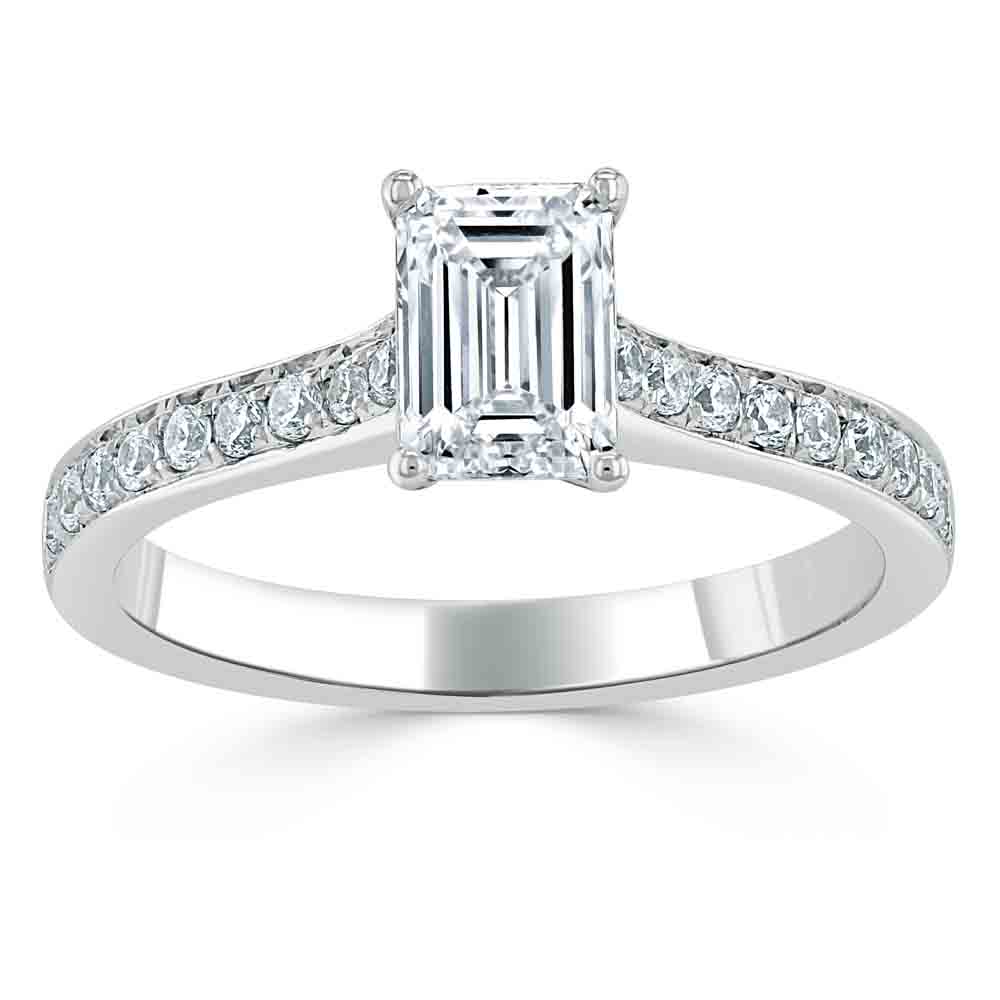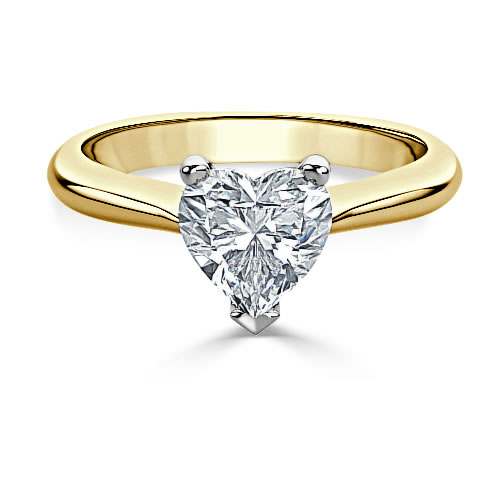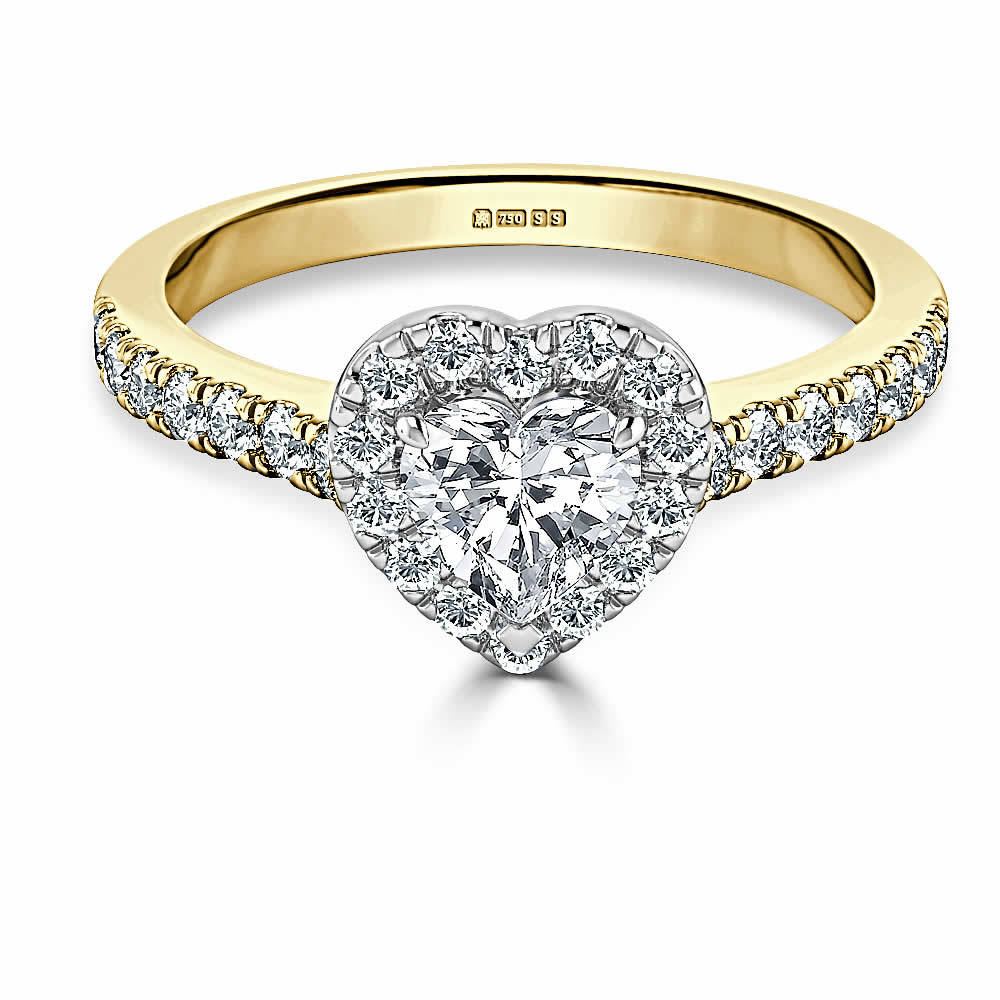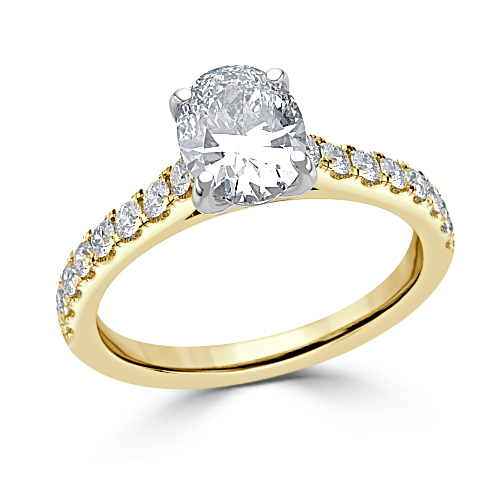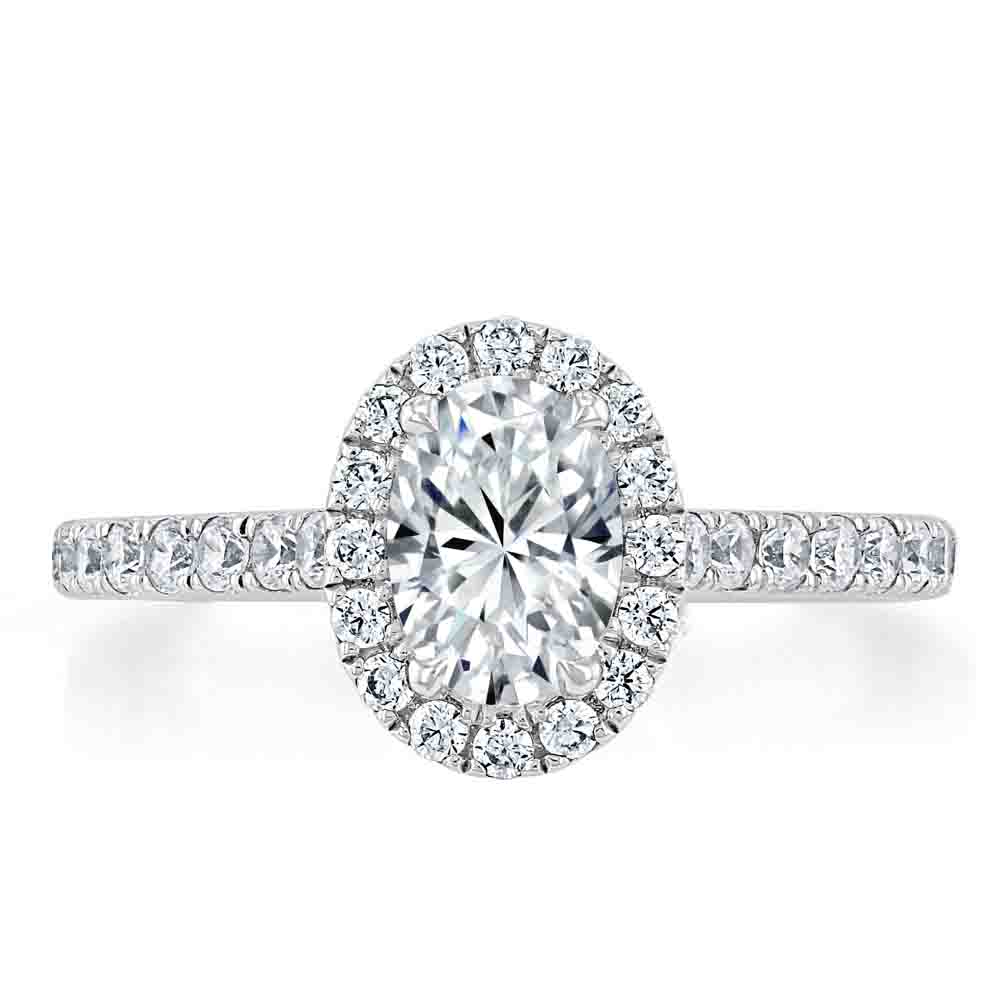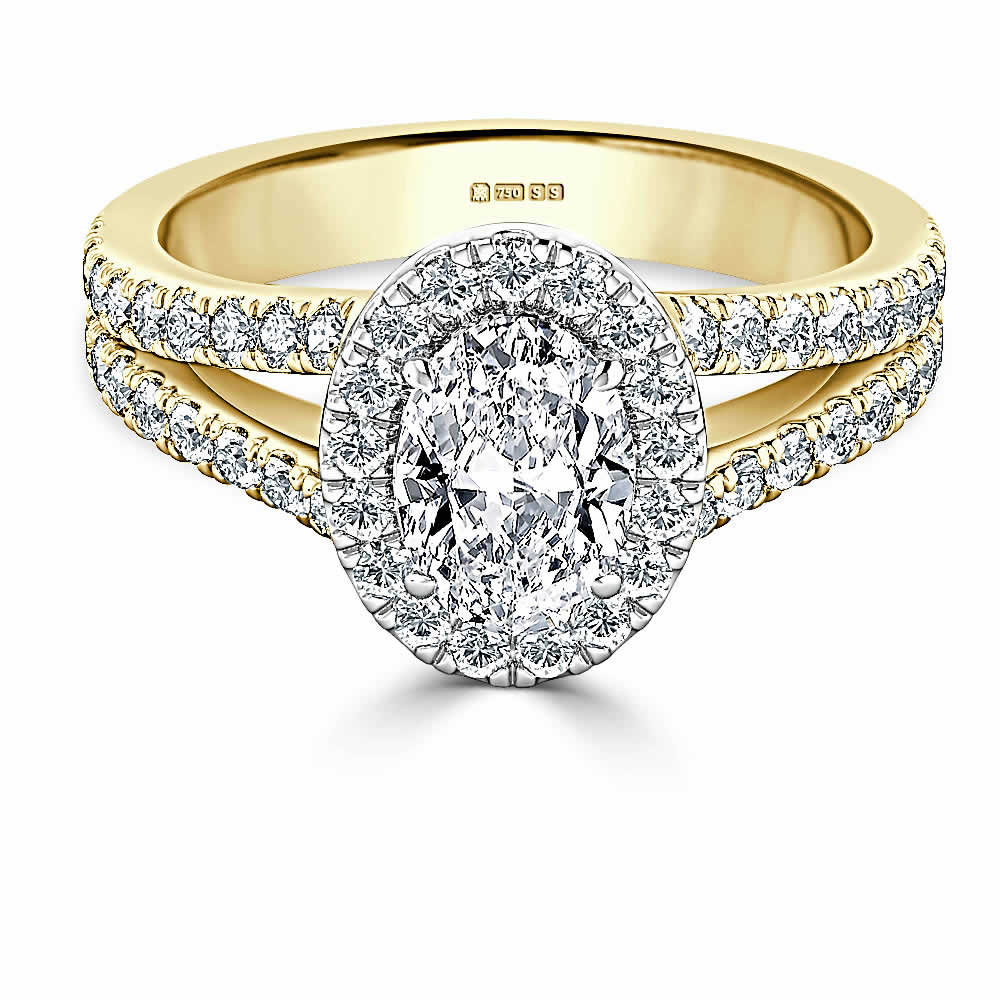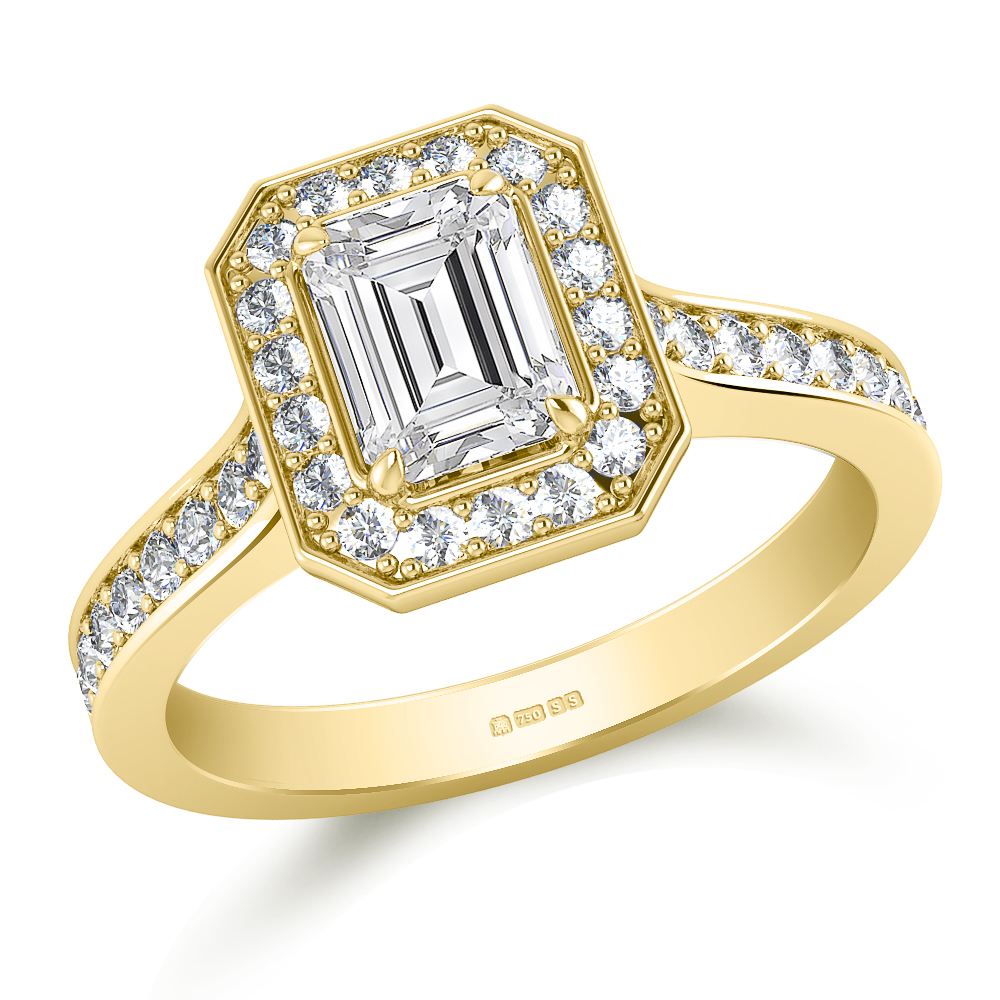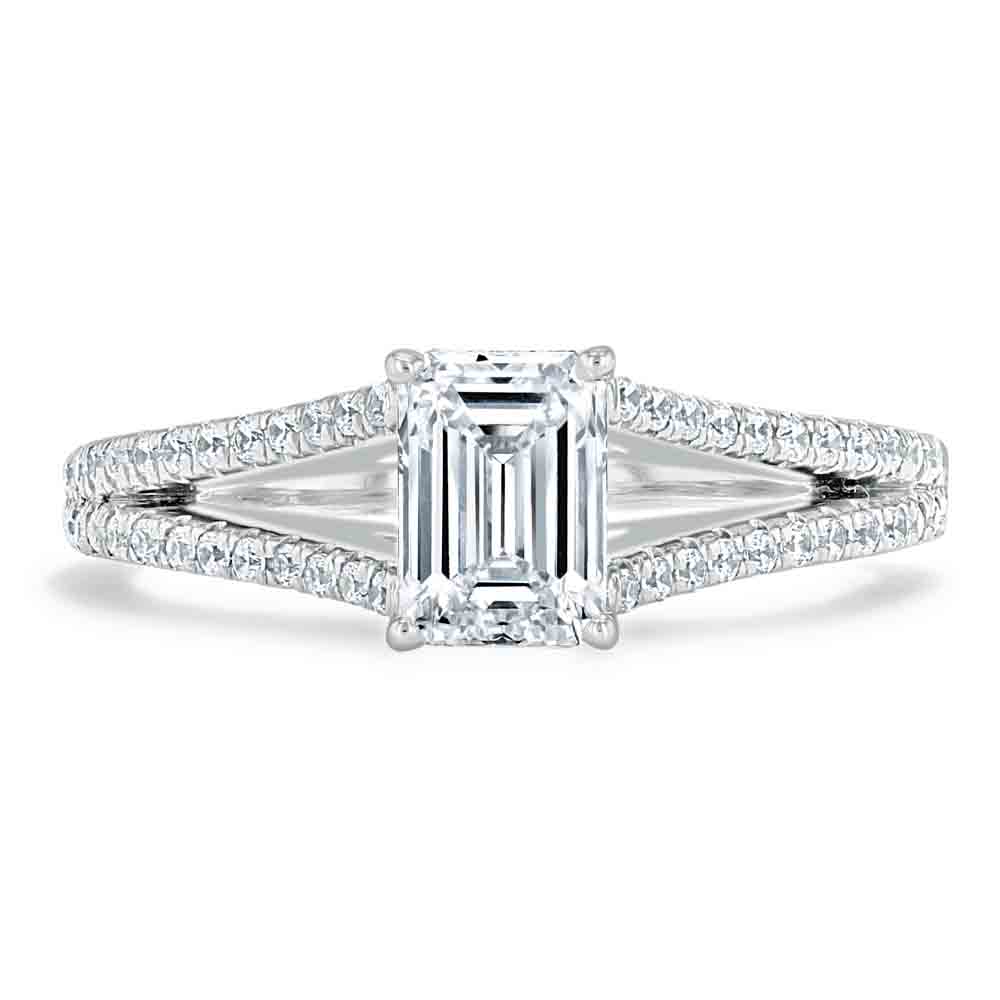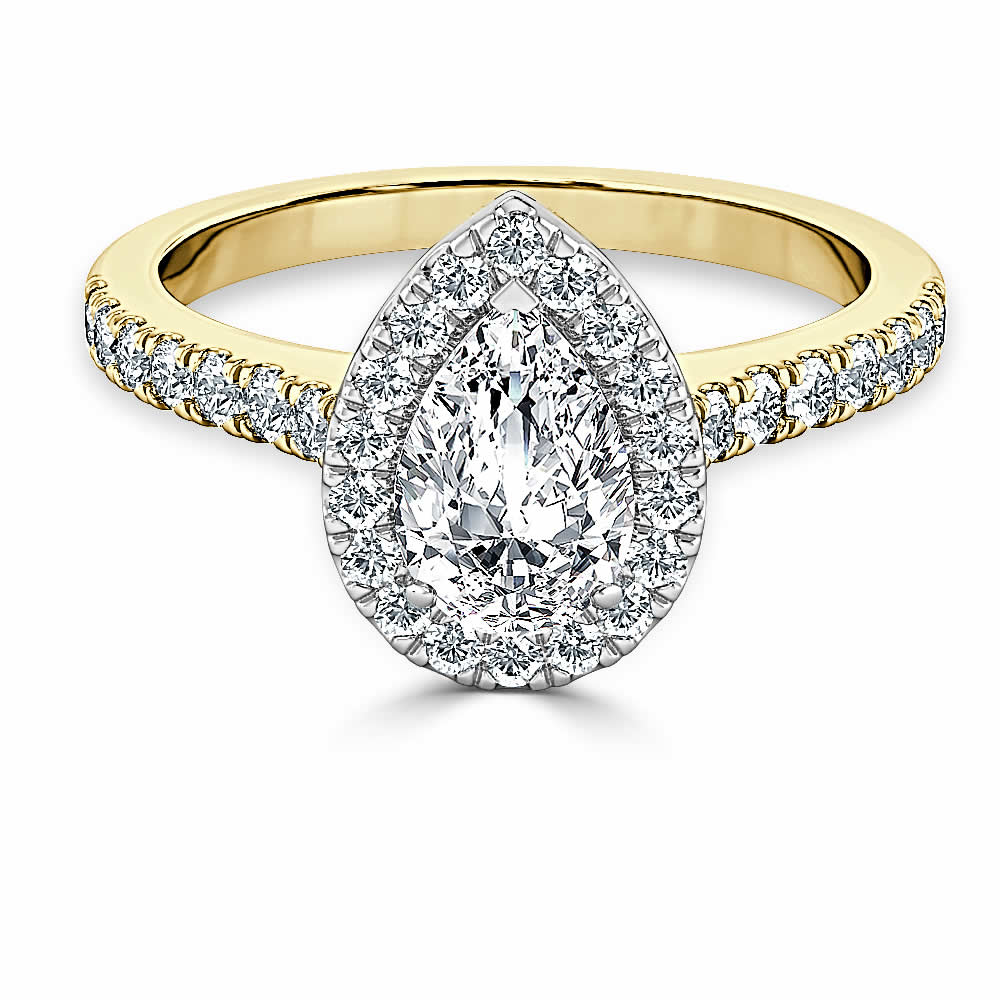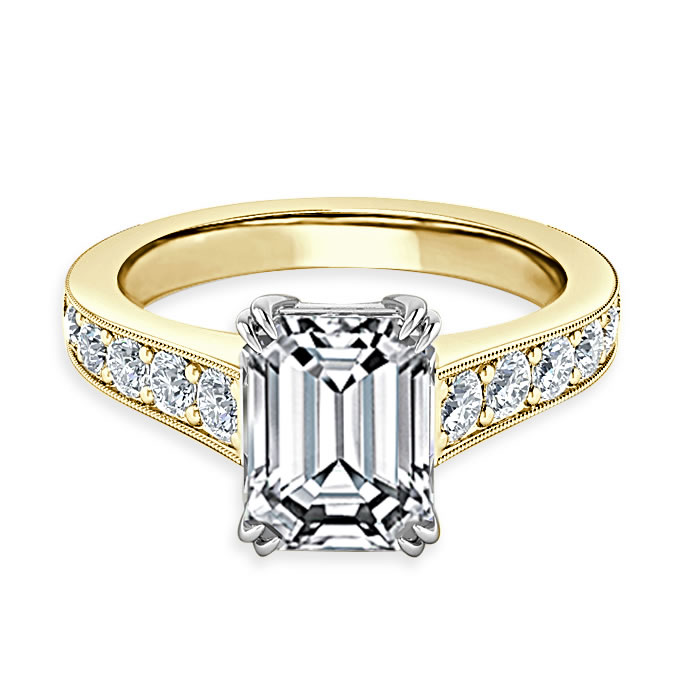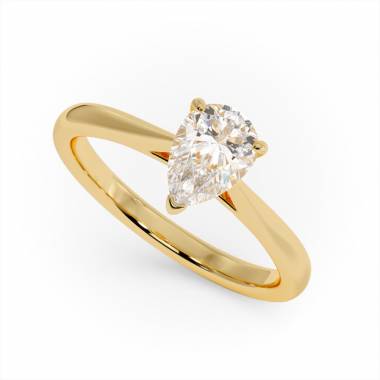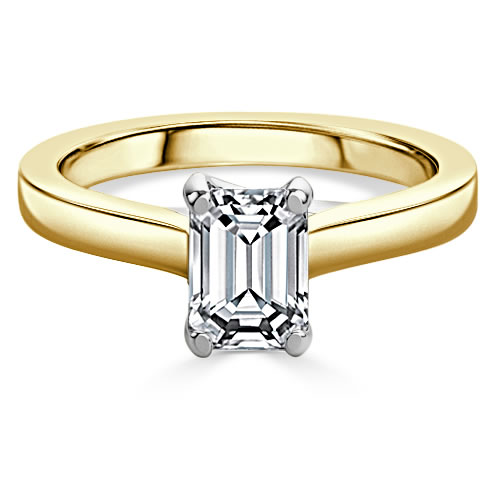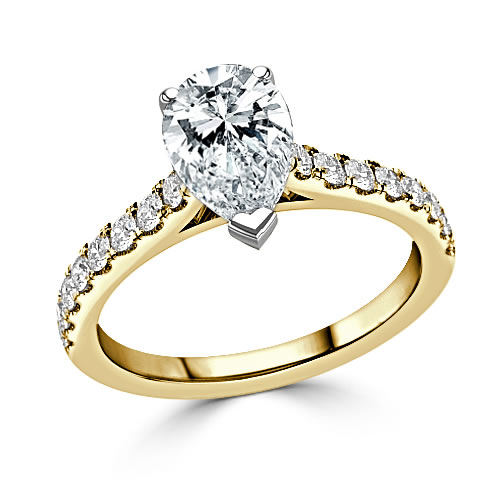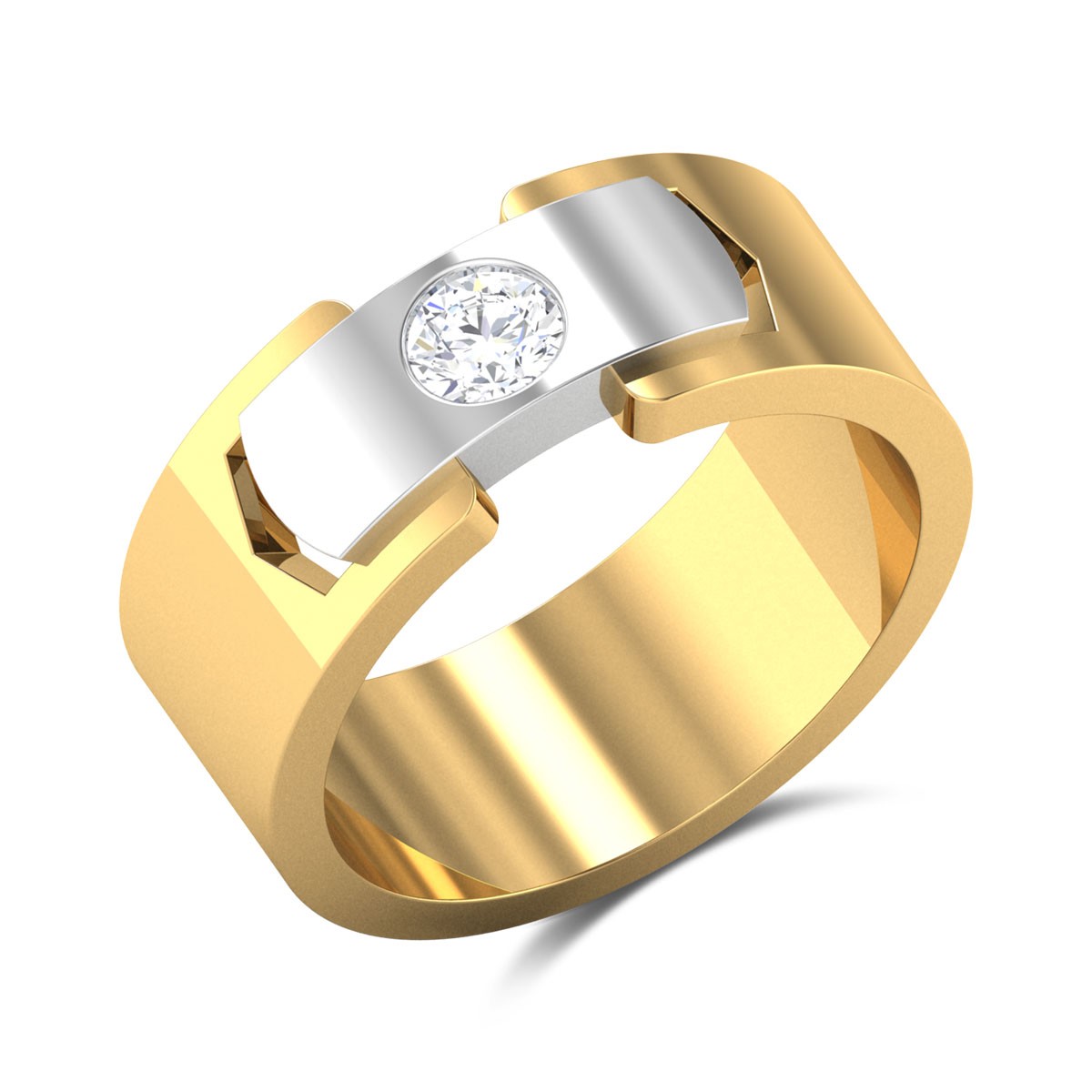



Readymade Rings
Focus on the moment with our readymade rings whether with a solitaire setting or with accents. Keep the opportunity to design something together as the next step.
Education
Diamonds come in many different shapes. Each diamond shape possesses its own unique qualities, so exploring and learning about the various shapes is worth your while.
Cut is a diamond's most important characteristic. It has the greatest overall influence on a diamond's beauty. It determines what we generally think of as sparkle...
A diamond grading certificate is a report given by an independent and professional gemological laboratory. The diamond is evaluated for its quality, not its value...
The best advice we could give you on ‘How to buy a diamond’ is to see it in person. The famous “4 C’s” are merely a guideline on the diamonds primary attributes....
Diamonds
Spin actual diamonds in 360° HD and zoom in up to 40x. One of the world's biggest collections of loose diamonds, at your fingertips.
-

Round
-
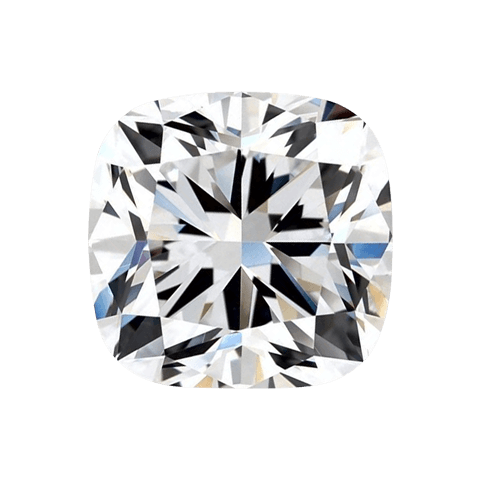
Cushion
-
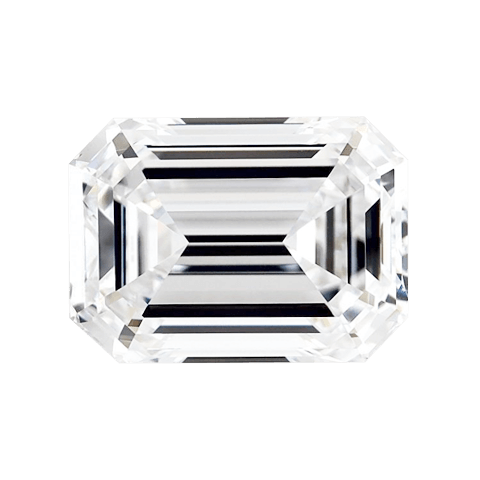
Emerald
-

Heart
-
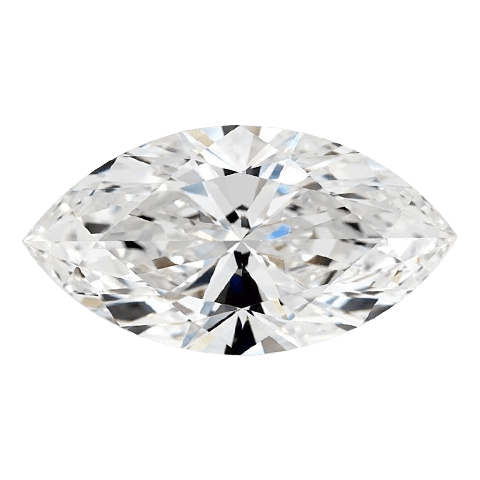
Marquise
-
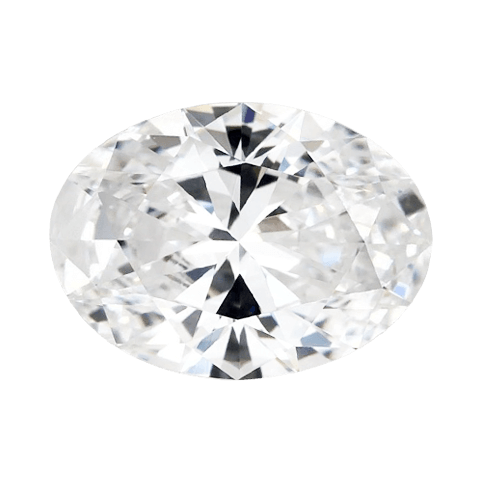
Oval
-
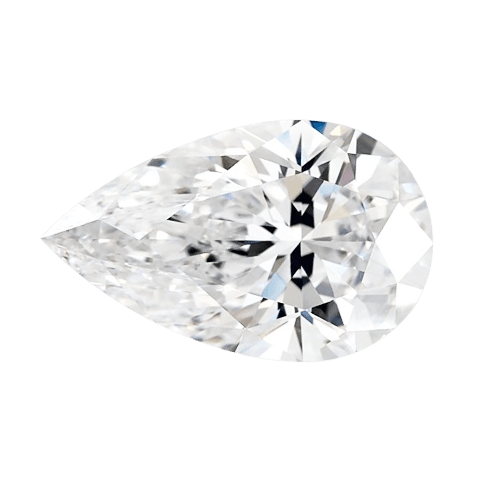
Pear
-
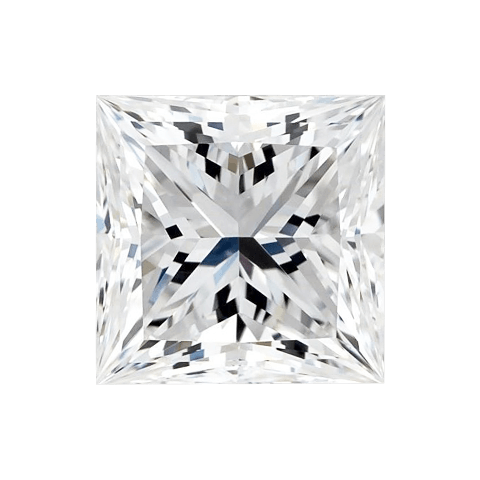
Princess
-
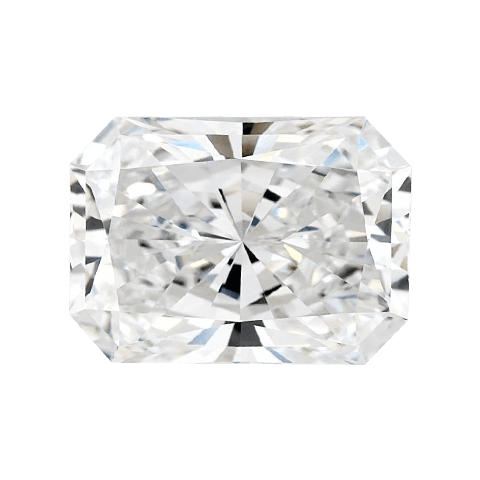
Radiant
-
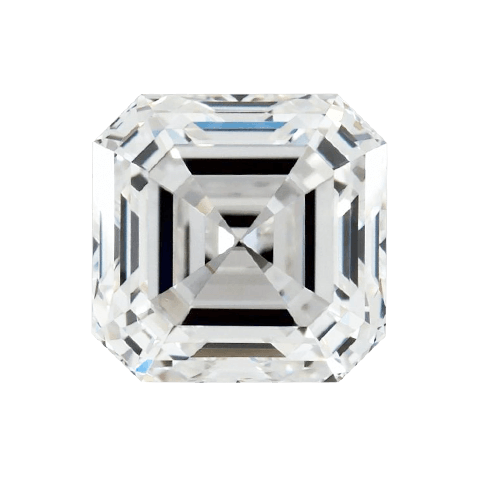
Asscher
Round Information
The round brilliant diamond is the most popular and perhaps the most technically advanced of all of the diamond shapes. Only after the development of new diamond cutting technology and a breakthrough in research regarding proportion and symmetry, was the round brilliant born and accounts for more than 75% of diamonds sold today
With other diamond shapes, having lower color grade and clarity usually means giving up some of the beauty of the stone. Because a round-cut diamond gives out higher levels of brilliance and fire, it will offer much of the same pleasant appeal even if it has a lower color, clarity, or cut.
Length-to-width ratio of Round cut Diamond determines how a diamond will look like when viewed from above. For round shaped diamond, look for a length-to-width ratio between 1 and 1.02.
.jpg)
Cushion Information
Diamond is an antique cut and is also referred to as Pillow cut or the Candlelight diamond. Cushion cut diamonds have larger facets and rounded corners than most cuts so as to increase their sparkle under candlelight.
For a cushion shape, the length to width ratio should be between 1.0 and 1.3.Table should be between 65-80% and the depth between 65-75%.
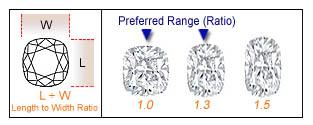
Emerald Information
Diamond can be rectangular or square in shape and have beveled corners and step-cut facets. This shape really shows off the clarity of a diamond and can vary in the rectangularity. The length to width ratio will allow you to find the shape you are looking for.
For a traditional Emerald cut, look for a length to width ratio between 1.30 and 1.60. For a pleasant looking emerald cut diamond, the table should measure between 60-75% and depth between 53-70%.

Heart Information
This ultimate symbol of romance is essentially a pear-shaped diamond with a cleft at the top. The skill of the cutter determines the beauty of the cut. Look for a stone with an even shape and a well-defined outline.
The length to width ratio for a well-proportioned heart-shaped diamond is between 0.90 - 1.10. The depth of a heart-shaped diamond should be between 50 - 63% and the table between 53 - 65%.

Marquise Information
The shape of a marquise diamond can maximize carat weight, giving you a much larger-looking diamond. This brilliant-cut diamond looks beautiful set with round or pear-shaped side stones, and the length of the marquise makes fingers appear long and slender.
When looking for a marquise shaped diamond, the length to width ratio should be between 1.6 and 2.25 and table and depth percentages between 53 -60% and 50 - 65% respectively.
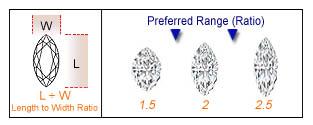
Oval Information
An even, perfectly symmetrical design popular among women with small hands or short fingers. Its elongated shape gives a flattering illusion of length to the hand.Oval Diamonds do require six-pronged settings (as pictured). Make sure to keep that in mind when making your selection.
For an eye catching and beautiful oval diamond, the length to width ratio should be between 1.4 and 1.6. In this case, the table should measure between 53 - 62% and depth between 60 - 70%.

Pear Information
A hybrid cut, combining the best of the oval and the marquise, it is shaped most like a sparkling teardrop. It also belongs to that category of diamond whose design most complements a hand with small or average-length fingers. It is particularly beautiful for pendants or earrings.
For a pear shape, the length to width ratio should be between 1.40 and 1.75. The table percentage should measure 53 - 60% and depth percentage 50 - 65%.
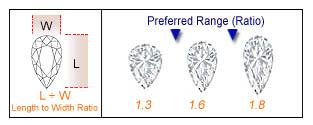
Princess Information
The princess diamond is the most popular shape after the round brilliant and is typically square in shape, although it can also be rectangular. The princess shape displays the same high degree of brilliance as the round brilliant. It is a unique and distinctive alternative to the popular round brilliant.
Length-to-width ratio of Princess Diamond determines how a diamond will look like when viewed from above. For round shaped diamond, look for a length-to-width ratio between 1 and 1.1. Table should be between 65-80% and the depth between 65-75%.

Radiant Information
Diamond is cut in the shape of a rectangle with trimmed corners. Radiant cut diamonds facets are cut into a pattern that gives this diamond the unique appearance of cracked ice. Radiant cut diamonds can vary in their degree of rectangularity.
For a square radiant, look for a length to width ratio between 1.00 and 1.10. For a rectangular radiant, the length to width ratio should be between 1.50 and 2.00. Regardless of how rectangular the radiant is, the table should be between 65 - 80% and depth between 65 - 75%.
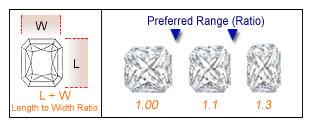
Asscher Information
Diamond often called the square emerald cut, has cropped corners and was designed in 1902 by the Asscher Brothers of Holland.
The length to width ratio should be between 1.0 and 1.1. The table and depth percentage should measure the same as an emerald, between 60 - 75% and 53 - 70% respectively.
